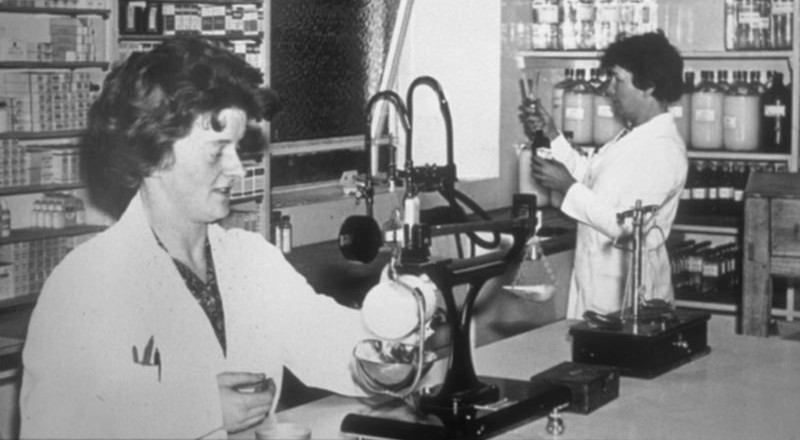Trade relations between the United States and China have grown increasingly tense, spurred by concerns that growing imports from China have led to plant closures and job loss in the United States. We find a link between the sharp decline in U.S. manufacturing employment after 2000 and the granting of Permanent Normal Trade Relations (PNTR) to China, which eliminated uncertainty about China‘s continued access to the U.S. market. Our research into the reactions of U.S. and Chinese firms to PNTR highlights the sensitivity of firm behavior to policy uncertainty.
Employment
The career cost of children: career and fertility trade-offs
Women are often paid less than men, they are often underrepresented in leading positions, and their careers develop at a slower pace than those of men. Here, we ask to what extent these differences can be explained by childbearing. To evaluate the career cost associated with having children, we consider women’s decisions regarding labor supply, occupation, fertility and savings. We evaluate the life-cycle career cost of children to be equivalent to 35 percent of a woman’s total earnings. We further show that part of this cost arises well before children are born through selection into careers characterized by lower wages but also lower skill depreciation.
A most egalitarian profession: pharmacy and the evolution of a family-friendly occupation
Pharmacy is among the most highly paid professions in the United States today; it is also one of the most egalitarian. Analysing extensive survey data on pharmacists and the general population, this research reveals how as the profession has become more flexible and the fraction of women has grown to a majority, pharmacy has become more highly paid relative to comparable occupations. The variance of pay has also declined and the relative hourly pay of women has risen. Technological changes that increased substitutability among pharmacists, the growth of pharmacy employment in retail chains and hospitals, and the related decline of independent pharmacies have all contributed to these outcomes.
How tax rates influence the migration of superstar inventors
This paper shows that taxes affect the international location decisions of the best “superstar” inventors. Higher tax rates lead to a significantly lower share of superstar inventors remaining in their home country and a lower share of foreign superstar inventors who move to the country. This may have significant fiscal and innovation costs for a country that should be taken into account when setting tax policy.
How much work can the long-term disabled do?
The number of people who receive long-term disability payments has grown rapidly in many countries, raising the question of whether it is possible for some of them to return to gainful employment. Analysing the impact of a major disability reform in the Netherlands, this research finds that long-term recipients of disability insurance were on average able to replace about 60% of lost benefits with labour income. This is evidence of substantial remaining work capacity among recipients and it suggests that there is scope for disability insurance reform to tap into this capacity.










